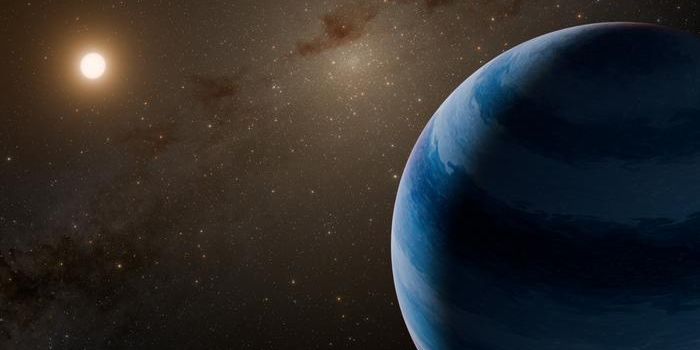Icelandic sediment holds clues for early Martian climate
New research conducted by scientists from Rice University aims to investigate places on Mars that harbor similar geologic formations as were once on Earth. The research, published in JGR Planets, compares data from Iceland and Idaho, amongst other locations on Earth, with that collected by the Curiosity rover in Gale Crater on Mount Sharp on Mars.
The team, composed of Michael Thorpe and Martian geologist Kirsten Siebach of Rice and geoscientist Joel Hurowitz of State University of New York at Stony Brook, wanted to understand how Martian geology formed billions of years ago. In particular, they were interested in figuring out what forces impacted sediments in the primeval lakebed.
It turns out, that of all the places on Earth, Iceland's basaltic terrain and cool weather, is the best correlation to what conditions were like on ancient Mars. While data collected Curiosity has provided key information about the chemical processes that occurred in the ancient lake, the conditions that allowed that lake to form are still unknown. The scientists hoped to be able to look at sediments of comparable conditions on Earth in order to deduce information about the climactic state of Mars during the formation of the ancient Martian lake 3 billion years ago.
The theories about the ancient Martian climate are contradicting: some think early Mars was warm and wet with an abundance of water bodies while others think it was cold and dry, populated instead by glaciers and snow. Analyzing the sediments in rocks and soils could help decipher the truth.
"Sedimentary rocks in Gale Crater instead detail a climate that likely falls in between these two scenarios," said Thorpe. "The ancient climate was likely frigid but also appears to have supported liquid water in lakes for extended periods of time."
Because of the absence of significant weathering of rocks, Martian sediment corresponds to modern sediments found on Iceland, explain the scientists. "On Earth, the sedimentary rock record does a fantastic job of maturing over time with the help of chemical weathering," Thorpe commented. "However, on Mars we see very young minerals in the mudstones that are older than any sedimentary rocks on Earth, suggesting weathering was limited."
"Earth provided an excellent laboratory for us in this study, where we could use a range of locations to see the effects of different climate variables on weathering, and average annual temperature had the strongest effect for the types of rocks in Gale Crater," noted Siebach. "The range of climates on Earth allowed us to calibrate our thermometer for measuring the temperature on ancient Mars."
This technique of comparing climates and environments on Earth to those on other planets in order to understand the histories of both holds great potential, explain the researchers. They intend to continue such investigations in order to guide future Martian site studies, including the upcoming landing of the Perseverance rover at Jezero Crater.
Sources: JGR Planets, Science Daily








